
Climate change accelerating rising sea levels
A new study from the University of Waterloo discovered that rising sea levels could be accelerated by vulnerable ice shelves in the Antarctic.

A new study from the University of Waterloo discovered that rising sea levels could be accelerated by vulnerable ice shelves in the Antarctic.
By Media RelationsA new study from the University of Waterloo discovered that rising sea levels could be accelerated by vulnerable ice shelves in the Antarctic.
The study, by an international team of polar scientists led by Canada Research Chair Christine Dow of Waterloo’s Faculty of Environment, discovered that the process of warmer ocean water destabilizing ice shelves from below is also cracking them apart from above, increasing the chance they’ll break off.
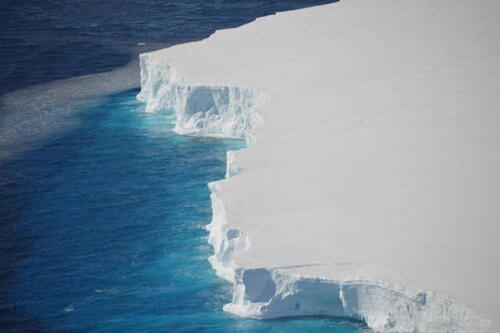
The front of Nansen Ice Shelf. Photo credits: Canada Research Chair Christine Dow of the University of Waterloo’s Faculty of Environment
“We are learning that ice shelves are more vulnerable to rising ocean and air temperatures than we thought,” said Dow. “There are dual processes going on here. One that is destabilizing from below, and another from above. This information could have an impact on our projected timelines for ice shelf collapse and resulting sea-level rise due to climate change.”
The study, which was conducted over two years, applied methods similar to forensic science on ice shelves which had already calved. Using radar surveys and Landsat imagery, Dow reports direct evidence that a major 2016 calving event at Nansen Ice Shelf in the Ross Sea was the result of fracture driven by channels melted into the bottom of the ice shelf. The surveys also demonstrated that similar basal channel-driven transverse fractures occur elsewhere in Greenland and Antarctica.
As warmer salt water erodes channels into the ice that attaches glaciers to stable land, it also generates massive vertical fractures splitting glaciers from above and below. Surface water melting on top of the ice shelves then pours into these cracks, accelerating the problem further.
“This study is more evidence that the warming effects of climate change are impacting our planet in ways that are often more dangerous than we perhaps had thought,” said Dow. “There are many more vulnerable ice shelves in the Antarctic that, if they break up, will accelerate the processes of sea-level rise.”
The study, titled Basal channels drive active surface hydrology and transverse ice-shelf fracture was recently published in AAAS Science Advances.
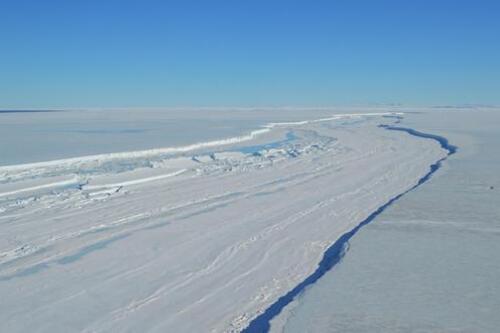
Nansen Ice Shelf fracture six months prior to breaking off in 2016.
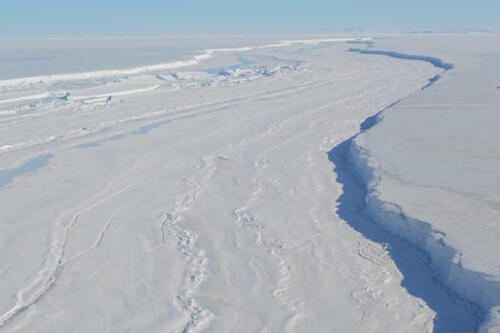
Nansen Ice Shelf fracture six months prior to breaking off in 2016.
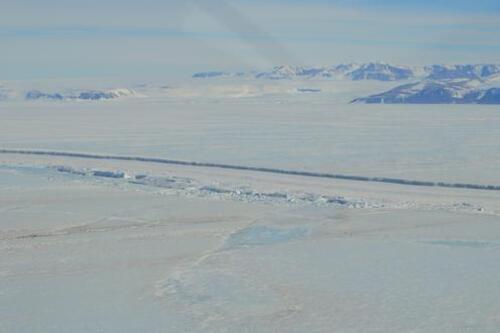
Nansen Ice Shelf fracture six months prior to breaking off in 2016.
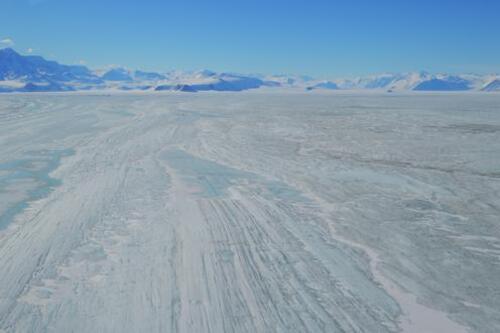
Nansen Ice Shelf looking towards Priestley Glacier.
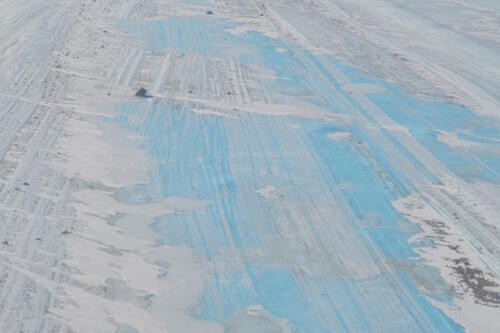
Refrozen surface water on Nansen Ice Shelf.
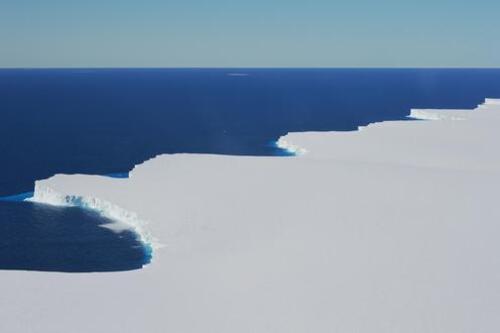
The front of Nansen Ice Shelf.
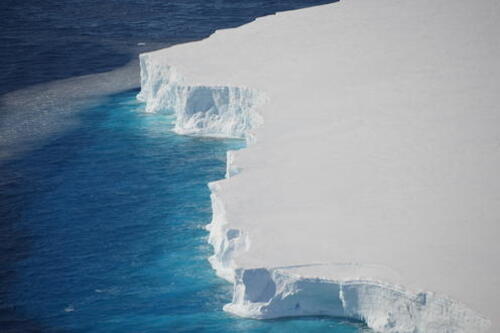
The front of Nansen Ice Shelf.
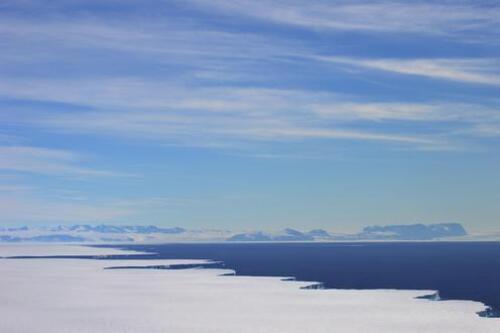
The front of Nansen Ice Shelf.
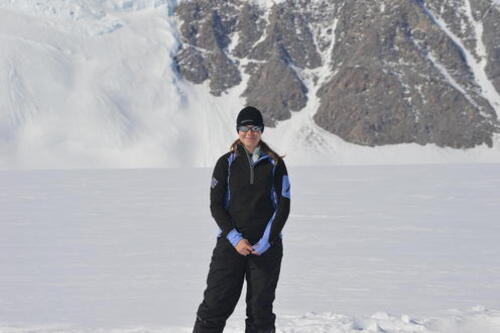
Christine Dow, Canada Research Chair and assistant professor at the University of Waterloo's Faculty of Environment on the Carnein Glacier, feeding into Nansen Ice Shelf, East Antarctica.
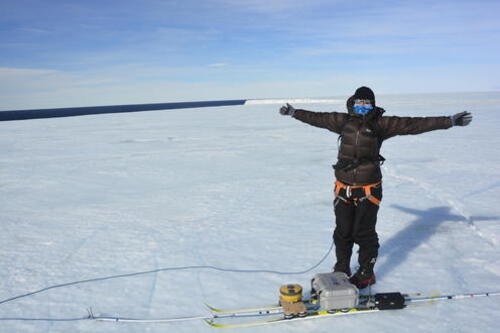
Christine Dow, Canada Research Chair and assistant professor at the University of Waterloo's Faculty of Environment, fighting the strong winds on Nansen Ice Shelf, East Antarctica.
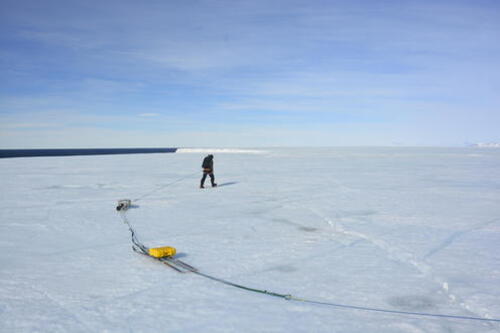
Christine Dow, Canada Research Chair and assistant professor at the University of Waterloo's Faculty of Environment, pulls a radar measuring the ice thickness on Nansen Ice Shelf, East Antarctica.
-30-
University of Waterloo is Canada’s top innovation university. With more than 36,000 students we are home to the world's largest co-operative education system of its kind. Our unmatched entrepreneurial culture, combined with an intensive focus on research, powers one of the top innovation hubs in the world. Find out more at uwaterloo.ca.
-30-
Ryon Jones
University of Waterloo
519-888-4567 ext. 30031
www.uwaterloo.ca/news
@UWaterlooNews

Read more
President of Waterloo EDC says the University of Waterloo plays a pivotal role in region’s economic development on the global stage

Read more
The faculties of Science and Arts introduce a new theatre and performance course tailored to Science students

Read more
Waterloo’s WatSPEED to provide businesses with access to AI upskilling programs in new province-wide initiative
The University of Waterloo acknowledges that much of our work takes place on the traditional territory of the Neutral, Anishinaabeg and Haudenosaunee peoples. Our main campus is situated on the Haldimand Tract, the land granted to the Six Nations that includes six miles on each side of the Grand River. Our active work toward reconciliation takes place across our campuses through research, learning, teaching, and community building, and is co-ordinated within the Office of Indigenous Relations.